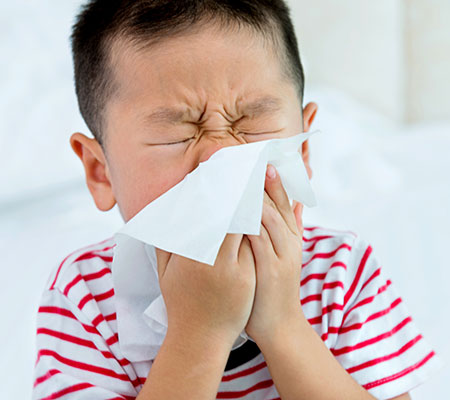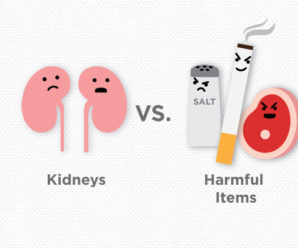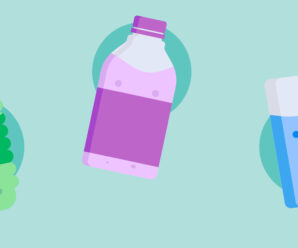
Do the words “allergy testing” bring to mind images of multiple injections with big, painful needles?
That type of allergy testing is a thing of the past, said Dr. Kevin Keller, a Marshfield Clinic Health System allergist. Today’s skin tests are done with little plastic devices that are used to prick the skin. The test feels like a series of pokes that cause minimal pain.
What to expect during allergy testing
You will get instructions to stop giving your child antihistamines like Zyrtec and Claritin prior to testing. These medicines can interfere with test results.
A small plastic device that looks like a toothpick is dipped in a liquid allergen and used to prick the skin on the child’s upper back. The doctor may show the child how it works using a clean device on the back of the parent’s hand. Parents can distract their kids with books or toys while the test is happening.
Skin testing works for many types of allergies, and most of the time, the process doesn’t involve needles. On occasion, the doctor may need to take a blood sample or inject a small amount of allergen under the skin using a tiny needle to test for certain allergies.
Results during the office visit
Pricking the skin with different allergens doesn’t take long, but you’ll have to wait about 20 minutes to find out which ones cause reactions.
A small area of swelling (called a wheal) surrounded by some redness (called a flare) means your child has an allergy. The doctor will measure the size of the wheal and the flare. Larger patches mean the allergy is more intense.
“The reactions can result in significant itching at the site of the reaction if the child has allergies,” Keller said. “The swelling and redness should go away within a few hours. We can give the child antihistamines to help decrease the itching.”
Once you know what your child is allergic to, the doctor can help you take the guesswork out of managing symptoms.
Related Shine365 posts
Ask the expert: Food allergy diagnosis and treatment







Leave a Reply